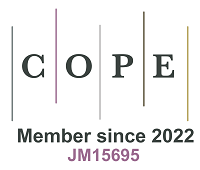A Special Issue of Ageing and Neurodegenerative Diseases
ISSN 2769-5301 (Online)
Submission deadline: NaN undefined NaN
Guest Editor(s)
Submission Deadline
NaN undefined NaN
A Special Issue of Ageing and Neurodegenerative Diseases
ISSN 2769-5301 (Online)
Submission deadline: NaN undefined NaN


All published articles will be preserved here permanently:
https://www.portico.org/publishers/oae/